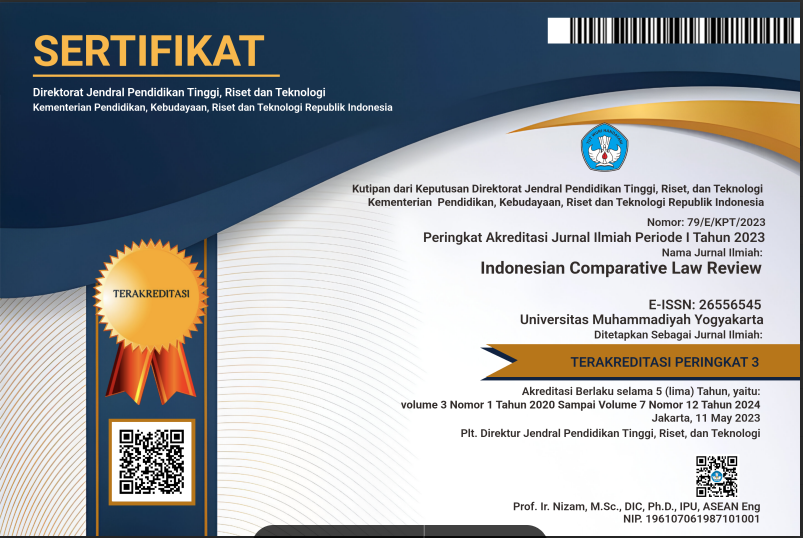Arbitration Agreement in Taiwan Arbitration Regulations in a Comparative Perspective
Abstract
As far as arbitration agreement is concerned, it is suggested that the Taiwan Arbitration Act1 (as last amended on 2 December 2015, formerly named the Commercial Arbitration Act, came into force on 24 December 1998, after the reform of the arbitration law in Taiwan.) is trying to meet the needs of further development of Taiwanese arbitration, particularly international commercial arbitration. Article 1, Article 2 and Article 3 of the Taiwan Arbitration Act set out some criterion on adjudicating the validity of an arbitration agreement. This thesis try to make a comparative study of the Taiwanese arbitration system with other arbitration systems from arbitration agreement perspectives and hope possibly to improve Taiwan Arbitration Law. Proceeding an arbitration should be based on a valid agreement to arbitrate. This comparative study focuses on the issue relating to arbitration agreement.
Keywords
Full Text:
PDFReferences
The Commercial Arbitration Act in Taiwan was first promulgated on 20 January 1961. It was amended in 1982 and in 1986 and subsequently renamed the Arbitration Law in 1998. Thereafter, the law was further amended in 2002, 2009 and newly 2015.
The Arbitration Law, which contains eight chapters (namely, Arbitration Agreement, Constitution of Arbitral Tribunal, Arbitral Proceedings, Enforcement of Arbitral Awards, Revocation of Arbitral Awards, Settlement and Mediation, Foreign Awards, and Additional Provisions), embodies the fundamental principles of international arbitration.
Pursuant to Article 1 of the Arbitration Law, arbitrable matters are not limited to commercial disputes, and parties may enter into an arbitration agreement to arbitrate any disputes that may be resolved by settlement.
English Arbitration Act (1996) subsection 5(6) provides that anything is in writing which is recorded by any means. This undoubtedly includes “typing, printing, lithography, photography and other modes of representing or reproducing words in a visible form”
“… designating a single arbitrator or an odd number of arbitrators to constitute an arbitral tribunal …” Art.1 (I)
“The dispute … is limited to those which may be settled in accordance with the law.” Art.1 (II)
TAA Article 2: “No arbitration agreement shall be valid unless it was entered in respect of a legal relationship or a dispute thereto.”
DOI: https://doi.org/10.18196/iclr.1102
Refbacks
- There are currently no refbacks.
Copyright (c) 2018 Ju-Yeh Wan

This work is licensed under a Creative Commons Attribution 4.0 International License.

